Wintering Cattle Through a Drought on a Regenerative Ranch
How you graze and supplement cattle during dry spells can have long-lasting economic and ecological effects on your ranch.
Wintering cattle during drought on a regenerative ranching operation may not be as simple as buying more feed and hay.
Each decision producers make can have lasting effects on their operation — both economically and ecologically — according to Clark Roberts, Noble ranch manager. Making a knee-jerk decision about managing your cow herd during drought may affect your ranch’s long-term sustainability.
Instead, Roberts encourages cattlemen and cattlewomen to think long-term when managing their cow herds and keep the larger picture of their land’s management in mind.
“Make sure that whatever you’re doing, you keep your ecological and economic thresholds in mind when managing through drought,” he says. “Focusing on one and not the other can get you into trouble pretty quickly.”
Roberts shares five things he considers before making winter management decisions, especially during drought.
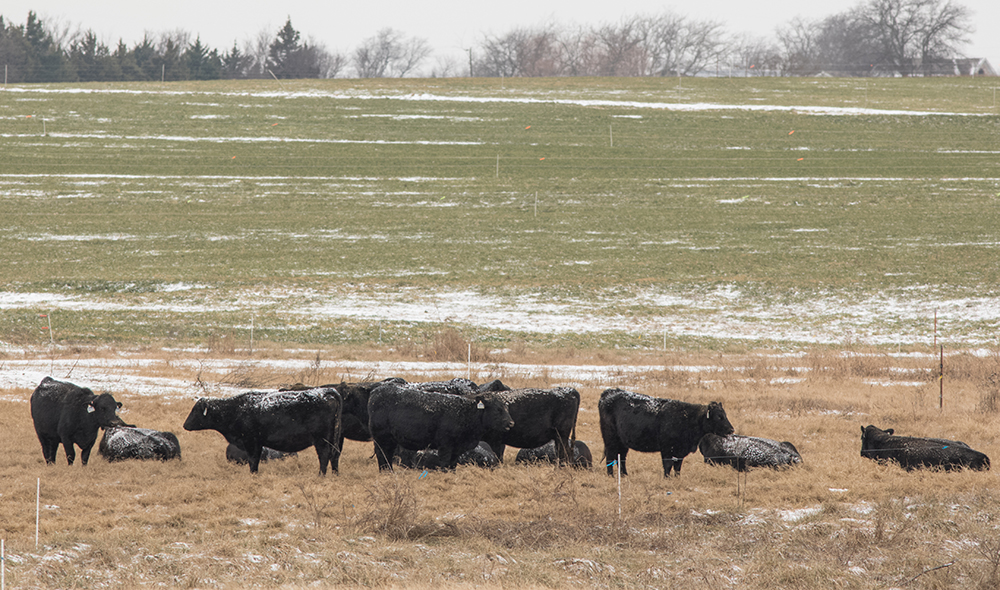
Consider culling
The No. 1 thing Roberts thinks about going into winter after times of drought might be the toughest pill for producers to swallow — culling. After spending time improving their cow herd, ranchers are often reluctant to cut strings with their animals, but he says it’s often for the best.
After lower-performing animals, Roberts suggests culling younger, unproven animals first, such as stockers, calves or replacements, which often have a higher sale value. But any time ranchers are culling their herd, he says cattle should be looked at as employees, and the ranch land should be viewed as the company. This means that cattle producers should keep only the highest-performing “employees” who do their job each year with no micromanaging or extra inputs.
“If you try and hold on to too many employees during a recession (drought), you’re eventually going to go under,” Roberts says. “It’s not sustainable.”
And just as companies can hire employees to fill positions post-recession, ranchers can buy back cattle after a drought. Roberts encourages producers not to let fears of future prices keep them from culling hard during hard times.
Ranchers need to be agile and flexible to be profitable, so if the market for replacements is high when it is time to rebuild the herd, he encourages landowners to be patient or even look for other revenue streams that may be sustainably generated from their ranch.
“Don’t be married to your animals; focus on your land,” Roberts says. “Because at the end of the day, you’re not going to raise livestock if your land can’t support it.”
Don’t be married to your animals; focus on your land. Because at the end of the day, you’re not going to raise livestock if your land can’t support it.”
Clark Roberts
Know the quality and quantity of your forages
Once you’ve considered beefing up your culling criteria, Roberts says it is vital to know the quantity and quality of forage you have available on your ranch.
“First, assess how much forage you actually have,” he says. “That will be your first step in knowing what your animals demand and matching your demand with your forage supply. Then from there, take a forage sample, so you have an idea of the nutrient content of your pasture. That’s going to help you determine what your cattle need to maintain themselves.”
Forage samples can be evaluated through the local extension office to help ranchers calculate what supplementation will be needed to winter the cow herd. Testing forages during droughts is important, because the stressful growing season impacts the forage quality more drastically.
“Pay attention to your forage quality,” Roberts says. “You might have to, in some instances, start supplementing for protein and energy a little bit sooner because the plants are already stressed through the drought and going into the dormant season already. Those plants’ forage quality will be poor because they’ve been stressed, and they’re trying to survive themselves.”
Roberts notes stockpiled grasses will often lose nutrients over the winter. So, ranchers should use their forage test results as a starting point when designing winter supplements and rations for their cow herd. Good old-fashioned stockmanship — such as keeping tabs on cattle’s body condition and manure scores — will continue to guide ranchers throughout the winter, especially as cows’ nutritional demands continue to evolve throughout their gestation.
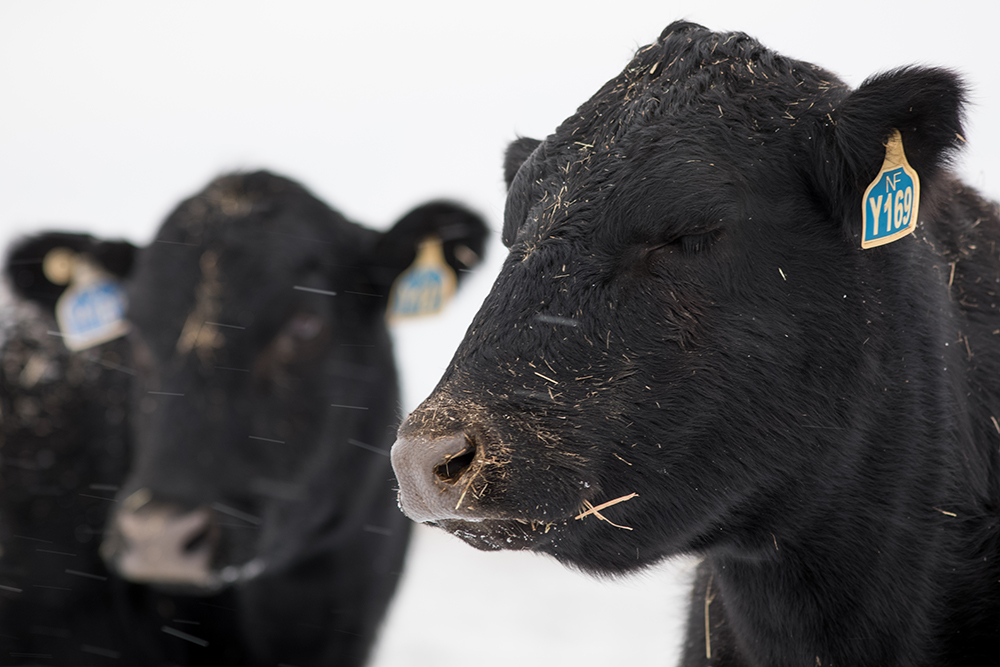
Know your animal’s demands
“Your livestock are going to have different nutritional needs depending upon where they are physiologically and in terms of gestation,” Robert says.
Nutritional needs will vary greatly within the herd based on cow size, stage of gestation (i.e., spring-calvers vs. fall-calvers), dry matter intake and even environmental factors like temperature. To correctly figure their cow herds’ nutritional demands, ranchers must first understand all of the above factors and use these to determine their herd’s requirements. A quick internet search can provide producers with charts to do just that — they provide nutrient requirements, average intakes and even environmental adjustments. All that’s left is the math.
Roberts often starts with how many pounds of forage a single cow would consume per day. For this example, he uses an easy, round number. If a 1,000-pound cow is expected to consume 3% of her body weight in forages each day, then ranchers can figure that cow will consume 30 pounds of forage per day. By combining the daily average forage consumption with the results of the forage quality tests, producers can see what nutrients they will need to supplement that cow to meet her daily nutritional requirements for her gestational stage.
“If you’re comfortable doing percentages and figuring, you can run through all the numbers that way,” Roberts says, noting that the math is easier than it seems at first glance. “But it might be easier to reach out to a nutritional expert or someone who can help you put together feed rations based upon the forage quality that you have in your pasture.”
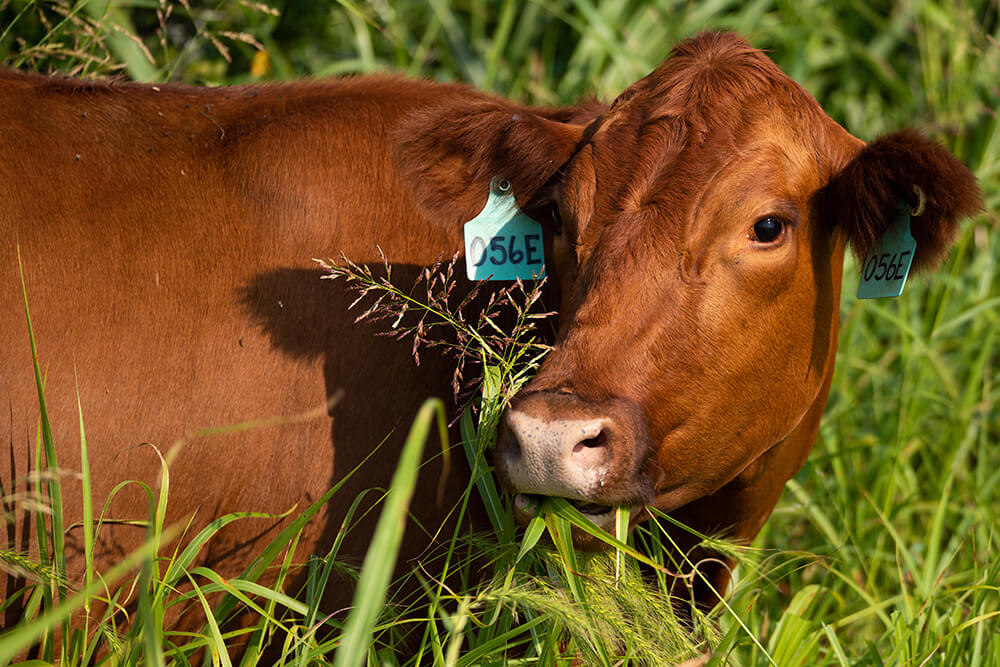
Balance your energy and protein
Regardless of who runs the figures when creating a winter supplement plan for a herd, balance is crucial. In particular, the balance between crude protein and total digestible nutrients, which provide energy, is essential.
“You’ve got to make sure that there’s a good balance of protein and energy in the diet,” Roberts says. “The animal can’t utilize protein without the energy to use it.”
Suppose ranchers only focus on the crude protein side of their ration equation. In that case, they can find themselves feeding what they thought was an adequate amount of protein to complement their stockpiled grasses, only to have their cattle fall short of the energy needed to use the protein.
If you’re feeding too much protein relative to TDN, then you might be overfeeding protein and costing yourself money, he says. “You might be spending too much on protein and not getting enough energy.”
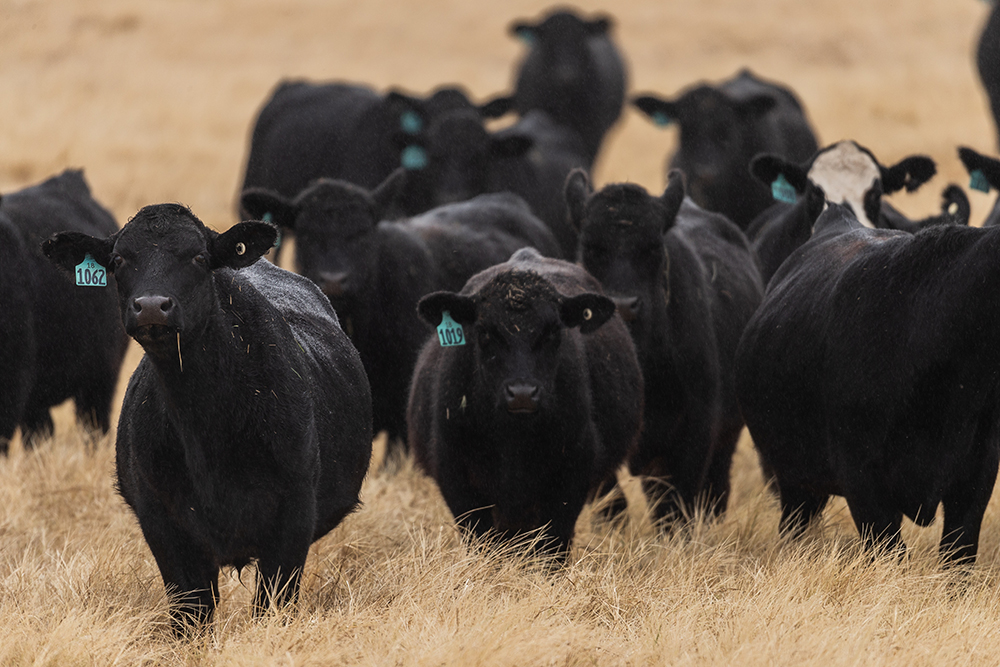
Keep in mind the long-term effects of feeding hay
While at first glance it might seem more straightforward to simply purchase hay to fill in the gaps left by drought-stressed grasses, Roberts cautions ranchers to keep the bigger picture in mind. Bringing in hay may inadvertently introduce invasive species to your diverse, native rangeland. In addition, feeding hay may throw off the balance of soil aggregates if cattle stomp and defecate on certain areas too long.
“I don’t like having to feed hay as a substitute feed, because the drought doesn’t just affect you in the year of the drought. It’s going to affect you the following year, too, due to plant recovery,” he says. Culling your herd to avoid having to feed hay as a replacement due to lack of adequate forage is better for the land.
If, after reviewing your ranch’s operation and finding outsourced hay to be a viable option, be mindful of the hay you bring in and how you feed it to help your ranch’s land bounce back more quickly.
As Roberts says, every decision a rancher makes must be economical and ecological, especially in times of drought.

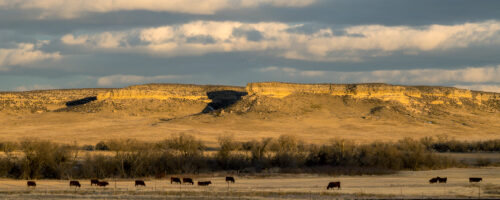
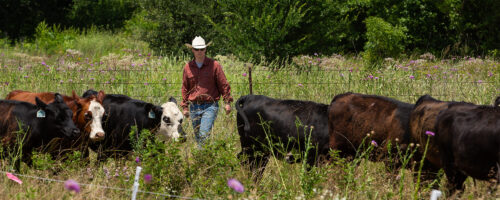
Comment